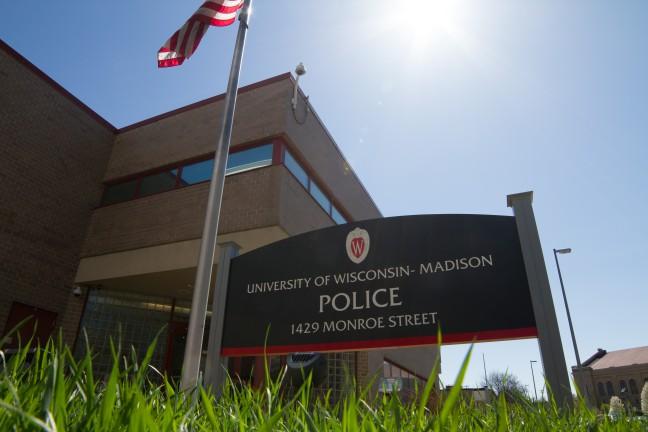With two college shootings across the country already this month, University of Wisconsin Police Department is spreading the word on campus about what to do in case of these situations.
Keeping students safe on campus is UWPD’s priority, and they have developed emergency plans for the majority of buildings on campus. The emergency plans have instructions for what to do in case of a fire, a gas leak or a general evacuation, but they also have a section on protocol for an active shooter situation, William Curtis, UWPD Emergency Management Supervisor, said.
Evacuation plans are drilled every year, and UWPD officers hold training sessions in most buildings on campus that are open to all faculty and staff who work in that building. Not every building offers training, Curtis said.
The training sessions involve walking faculty and staff through the plan, but for active shooter scenarios they show an additional video and then allow participants to ask questions.
“We don’t like to show the video independent of any other training; we have an officer there so people can ask questions,” Curtis said. “We want there to be a dialogue because we want staff members to have the chance to talk about their concerns.”
Unlike faculty and staff, there are no training sessions for students. UWPD has a booth at student advising, registration and orientation sessions, where they hand out brochures related to various situations that may be encountered on campus, Curtis said. Additional booths providing similar information operate at Badger Watch.
Susan Riseling, UWPD Chief, sent out an email Monday, Oct. 12 containing information as well as links to two separate videos concerning active shooter situations. One of the videos was made by UWPD, and the other by the FBI.
UWPD’s video emphasizes the importance of the acronym ESCAPE, which stands for evacuate quickly, summon help, conceal yourself, act now, prevent entry, exert effort. The last resort of the plan, “exert effort,” involves trying to take out the shooter.
“No one ever wants to be involved in a shooting, but in today’s society these incidents are becoming a fact of life, and death, on and off campus,” Riseling said.
Riseling emphasized the importance of thinking about a plan of action in an active shooter situation, saying that these considerations would increase the likelihood of survival.
The email also contained information regarding safety measures already in place on campus. WiscAlerts, a campus-wide alert system, is designed to send texts and emails in the event of an emergency. Security cameras, electronic lock systems and UWPD training were all cited as measures to keep campus safe in the event of an active shooter situation.
UWPD officers are trained annually for active shooter situations, but additional specialized training is offered for patrol officers, Jeff Ellis, the UWPD sergeant and active shooter response supervisor, said.
The training emphasis is placed on patrol officers because they would likely be the first on the scene in an active shooter situation, Ellis said.
The overall emergency plans on campus have remained the same for quite a few years, and the procedure for staying safe in an active shooter situation has become standardized on a national level over the years, Curtis said.
UWPD makes small changes to their tactics periodically, and is always looking at new ways to improve their plan, Ellis said.
“Every time an incident happens, we try to look at it and learn to improve and enhance our active shooter response,” Ellis said. “Every incident is unique, and there are always things that we can learn.”
Despite small changes in the police tactics, keeping the public message consistent is key for this type of training, Curtis said.
UWPD tries to consistently emphasize being aware, contacting the police and getting out of the danger area.
“At this point we are happy with the type of training we are providing because of the feedback we are receiving,” Curtis said. “I don’t see any holistic changes in the future at this point.”












